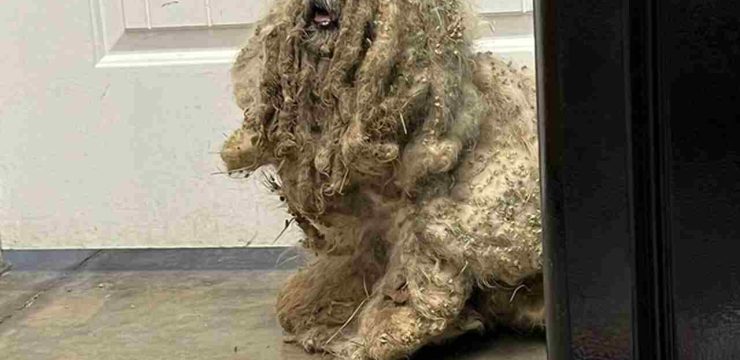I still remember the first time I noticed it—a strange, almost neon-orange blotch on my favorite gray hand towel. It didn’t look like a normal stain at all. It seemed to glow, almost as if I had taken a highlighter to it. My first thought was that maybe rust from the towel bar had rubbed off, or perhaps I had spilled something and forgotten about it.

Confident it would come out, I tossed it in the wash with extra detergent, only to find that it emerged looking exactly the same. Over the next few weeks, more towels started showing up with the same stubborn orange marks, and soon my bathroom looked like it had been visited by a pumpkin spice ghost. If you’ve ever seen towels, pillowcases, or even T-shirts develop these unshakable orange patches, you’re not imagining things—there are a few surprisingly common culprits. One of the biggest offenders is benzoyl peroxide, the active ingredient in many acne creams and cleansers.
This compound is a bleaching agent, which means it doesn’t simply stain fabric—it strips the dye right out of the fibers. That’s why the marks appear orange or yellow, especially on darker fabrics, and why no amount of scrubbing or soaking will restore the original color. I eventually realized the link when I connected the dots between my nightly skincare routine and the spots on my towels. Even brief contact between my treated skin and the fabric was enough to cause cumulative damage. Another source of orange staining is rust and iron in water, which is common in certain areas, especially for homes that rely on well water.
Iron particles in the water can bind to fabric during washing, leaving behind small rusty freckles. I learned this firsthand when visiting a friend in the countryside—after two washes, my white towel was covered in tiny orange dots. The fix here wasn’t more detergent but a laundry additive designed to bind with the iron before it could settle into the fabric. Hair products and self-tanners can also be sneaky culprits. Color-depositing shampoos, conditioners, and self-tanning lotions can transfer pigments onto towels even after the product appears dry on your skin or hair. I discovered this when my hair towels developed faint orange marks despite me never using self-tanner.
The warmth-enhancing shampoo I was using contained pigment that transferred each time I wrapped my hair. Cleaning products can be just as problematic. Bleach, hydrogen peroxide, and even certain disinfectants, toilet bowl cleaners, and surface wipes can act like bleaching agents when they come into contact with fabric. If you wipe down a surface with a cleaning product and then absentmindedly dry your hands on a towel, you can easily leave behind a permanent mark.
A friend of mine once turned her kitchen towels pink during a cleaning spree and blamed her washing machine—until she realized her counter spray was the real cause. Once I understood the main causes, I began treating my towels like my favorite clothes. I switched to using plain white washcloths for face care, especially when applying products with benzoyl peroxide, so any bleaching would be invisible. I made a habit of waiting for skincare and self-tanning products to fully absorb before touching fabric, even if it meant standing around awkwardly. For hair care, I designated old towels specifically for drying my hair to avoid staining my nicer sets.
In areas with iron-rich water, I started using a rust-removal laundry additive. Unfortunately, if the damage comes from benzoyl peroxide or bleach, it’s permanent—the color is gone from the fibers. Your best options are to dye the towel a darker shade to cover the mark, repurpose it as a cleaning or hair towel, or bleach the entire towel for a uniform look. Rust or mineral stains, however, can sometimes be removed with fabric-safe rust removers. The key to prevention is learning to recognize the difference between chemical bleaching and mineral staining. Bleach spots usually appear as larger, irregular patches in areas where your hands or face make contact, while mineral stains from water are smaller, speckled, and scattered randomly.
Once I could identify the pattern, I felt oddly satisfied knowing I could solve the mystery instead of blaming it on a “laundry curse.” While I’m not entirely stain-free—sometimes I still forget I’ve applied acne cream—I’ve gone from ruining multiple towels every couple of months to maybe one every year or two. If your towels and linens are looking more orange than you’d like, it’s worth examining your skincare routine, water quality, hair products, and cleaning habits. Pinpoint the culprit, and keeping your towels pristine becomes much less of a guessing game and much more of a simple habit of avoiding the danger zones.





